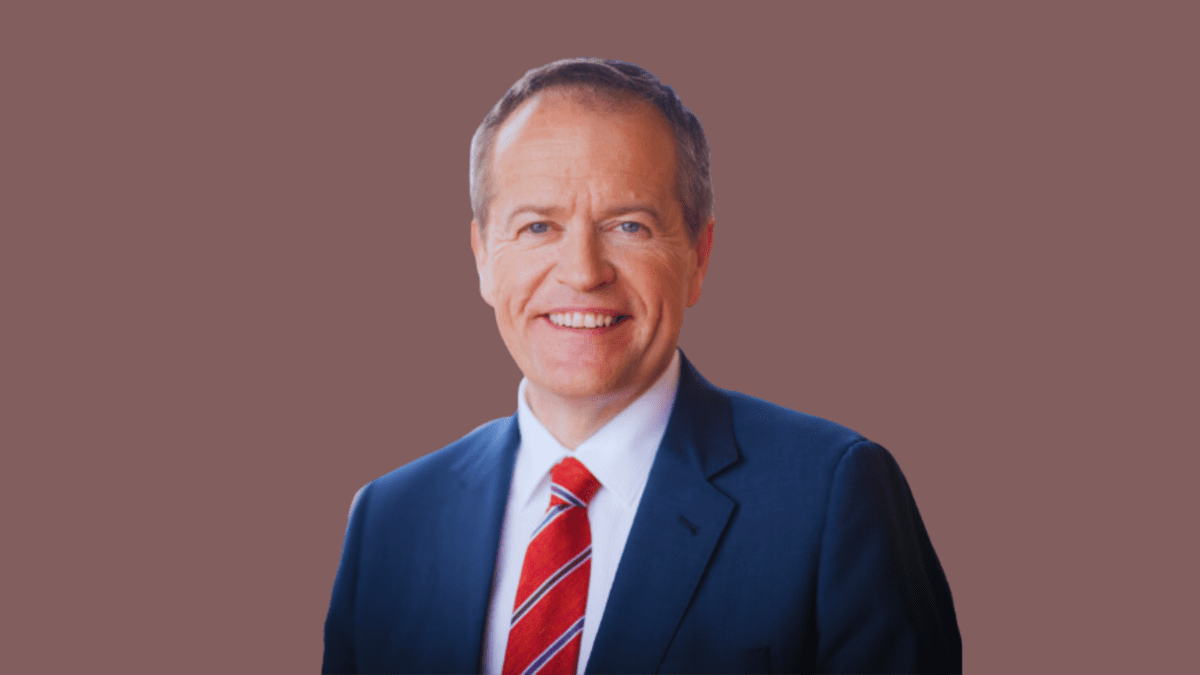Active wins a round against passive funds
The active vs. passive debate has been raging for close to a decade now. From a macro level it is abundantly clear that passive has one. The sheer flow of assets moving into passive strategies has of itself driven this outperformance.
For those new to investing, passive investing is better known as index-tracking, in which the investor receives the ‘market’ return. Examples are buying funds or ETFs that mirror the S&P/ASX200, or the S&P500. In return for your investment in the fund you will own a portfolio that broadly equates to the makeup of said index, holding all 200 or 500 stocks.
Outside of the delivering the ‘market’ or average return, the approach gained real popularity due to the ability to reduce the cost of investing. It has become increasingly popular with millennials and pension funds alike, many of whom gain their core exposure in this manner and then complement it with more actively managed strategies.
Yet the approach continues to have its detractors; of which I am one. At least, a detractor of relying solely on a single index to deliver performance. There are multiple reasons, one many suggest is that it represents the ‘socialisation’ of investing where companies receive more capital based on their size rather than their merit.
The others include the concentration risk, or lack of diversification offered by many indices these days. Consider, for instance, that 50 per cent of the S&P/ASX200 index is made up of just two sectors, financials and mining companies. Others suggests that incredible growth in the sector is seeing too much power attributed to just a few companies like BlackRock and Vanguard; or alternatively, it is starving other high-quality companies of capital.
Regardless, it is clear that passive investing is here to stay, and we must deal with the implications that has for investments and volatility. This month S&P Dow Jones released its annual Scorecard report on the performance of Australia’s active funds versus their own benchmarks.
The report assesses the domestic universe of Australian equity, global equity, smaller companies and bond funds against the ‘passive index’, which this year delivered some unexpected results.
For the first time in years, more than half of the 936 Australian equity funds actually outperformed the S&P/ASX200 index. The results were 30.1 per cent versus 27.8 percent for the financial year, with over 55 per cent outperforming. That said, S&P is quick to point out that just 25 and 20 per cent of these funds outperformed over the last five and ten years respectively.
Was there something specific about 2021 that contributed to this? On first blush, having watched the market closely over the last 12 months, what has been abundantly clear is the incredible performance of smaller companies, both good and bad. This was likely a key contributor to the performance of active funds that were able to adjust their exposures away from the struggling banking and industrials sectors throughout the year.
This was further evidenced by the fact that 65 per cent of Australian small and mid-cap funds beat the index, gaining 39.9 percent on average vs. the index of 34.5 per cent. Similar to large cap, this falls to 35 per cent over longer time periods; yet it is clear that small companies offer greater scope for outperformance.
What was likely most surprising to many was the poor performance of international equity strategies, with 54 per cent of the 500-fund universe failing to beat the benchmark.
As is always the case, though, this analysis should be taken with a grain of salt. While it is able to adjust for survivorship bias, it is not able to adjust for those funds in any universe that are considered ‘investable’. For instance, the likes of Morningstar, Lonsec and other research firms would suggest as few as 100 of the funds assessed would actually be ‘investable’ for most people based on size, profitability and quality.
The saying “past performance is no guarantee of future performance” is posted in every piece of data about investments, yet it continues to dominate the psyche of most investors, part of which may explain the popularity of passive investing following a decade-long bull market.
Personally, I see a role for both passive and active investing within portfolios, with the former able to provide a low-cost core to be complemented by highly skilled managers with a proven ability to outperform. Similarly, given the unique risks associated with most indices, as I referenced above, a pure index approach is likely better suited to those with an extremely long-time horizon, who are able to deal with and look beyond current valuation levels.
As we saw in 2020, the volatility of the index can be extremely high; and you are guaranteed to get the market return whether that is negative forty per cent or positive ten percent.










